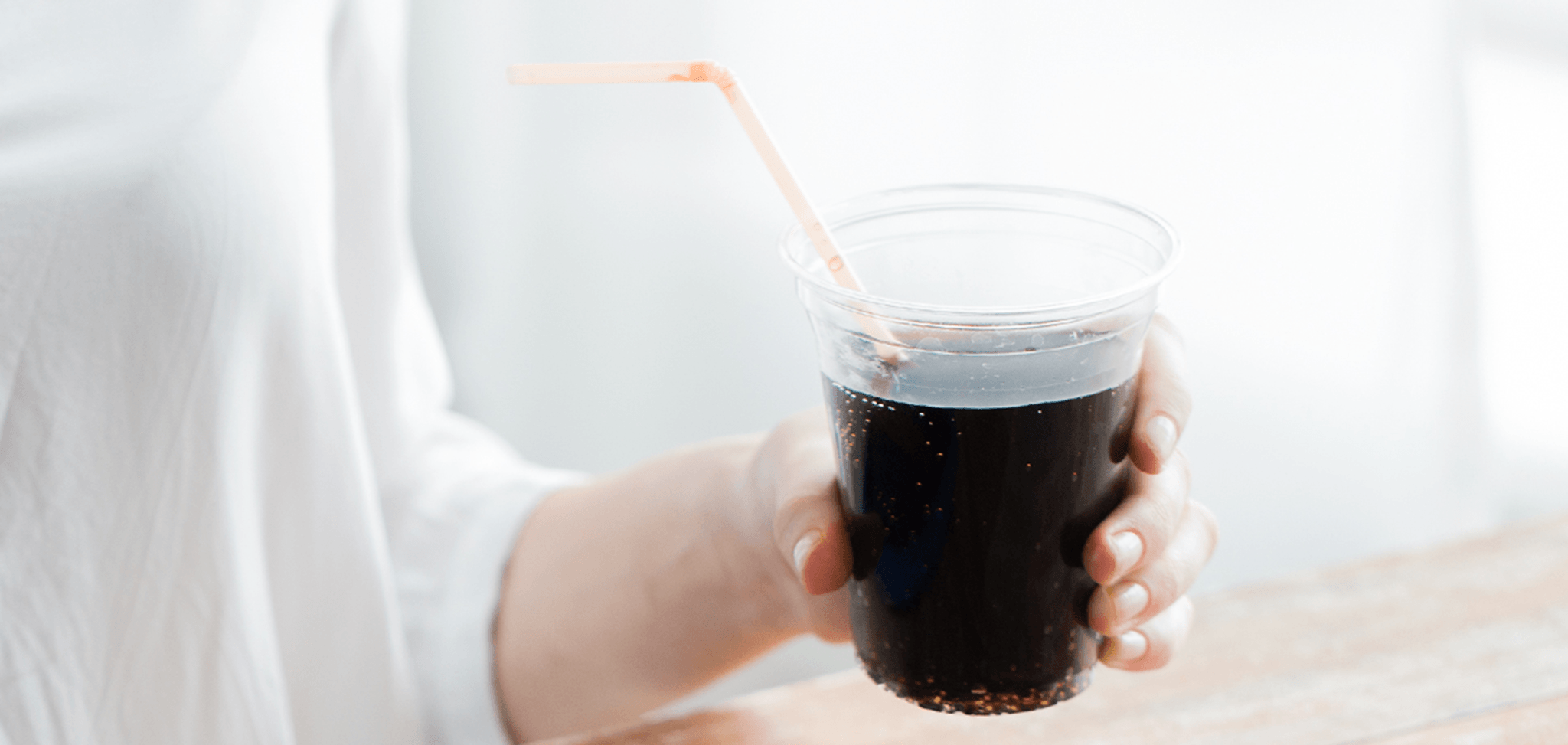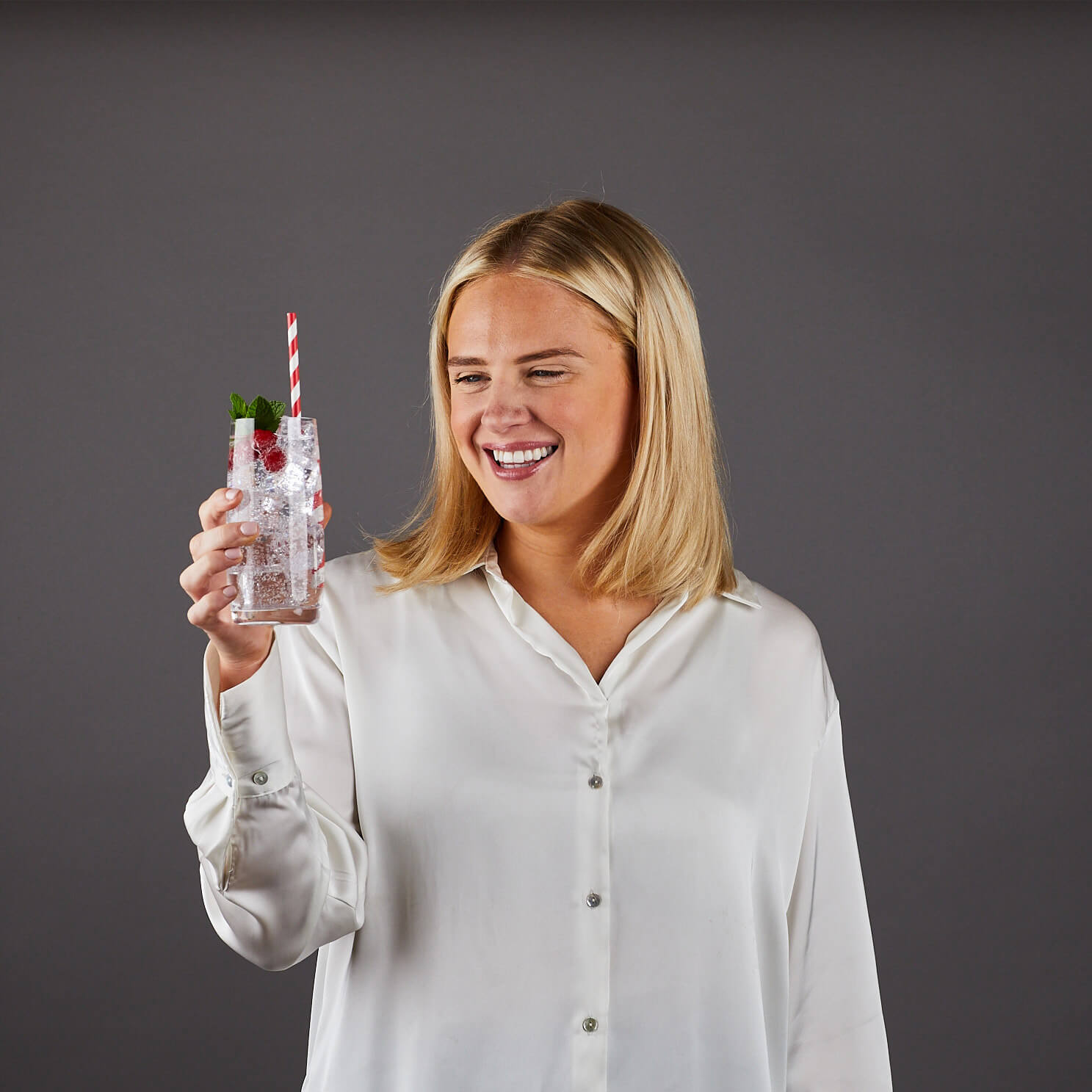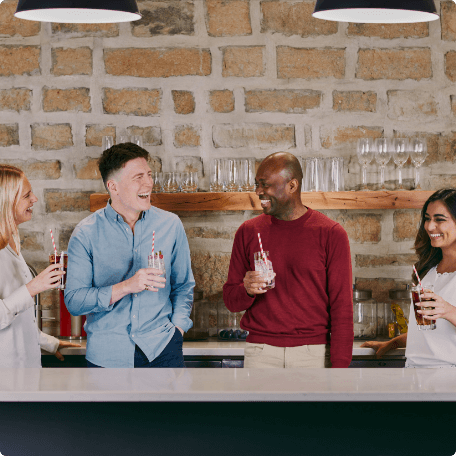3 challenger brands making a splash in the CSD sector
Posted in Industry News
Are start-up CSD companies and new product development making an impact on the global beverage industry?
The Carbonated Soft Drink (CSD) sector is set to increase by nearly 10% in the next year (Mintel, 2016) despite major threats and challenges to the industry. Major global issues surround sustainability, sugar consumption and health in the beverage sector. It is perhaps the way in which the beverage market has changed and developed in response to these issues which has directed the sector’s growth.
The top three CSD brands are Coca-Cola, PepsiCo and Red Bull. Coca-Cola and PepsiCo are retaining around 60%-70% market share within the CSD sector – marginally up in recent years. However, in Europe, Latin America and other key marketplaces around the world, their market share has shown a slight decline since 2014 (Mintel, 2016).
Despite this, new product development within the CSD sector is up 10% just between Q1 and Q2 2016 (Mintel, 2016). This shows that there are some new players in town. But just how much of a threat are these posing to the soft drink ‘giants’?
Sugar
With nearly 75% of Brits concerned about their sugar intake (Mintel, 2016) and similar trends being seen all around the world, CSD manufacturers have had to dramatically change their approach to the market.
This can be evidenced by the speed at which Coca-Cola has bought a variety of new products to market. From Coke Zero and Coke Life, to its line of bottled water and new craft lines, the beverage giant has upped its game in providing alternative solutions to health-savvy consumers.
PepsiCo has followed suit and is pushing products such as Trop50, Stubborn Soda (craft style CSD) and FlavorSplash (a light flavoured-water aimed towards a health-conscious female market).
It is through the diversification of their product offering that these iconic brands are able to retain such a large share of the market. But have they been too slow to adapt to the inevitable shift in consumer behaviour? Many challenger brands have managed to sneak onto the market and this could perhaps pose an additional threat to the bigger players, alongside economical and legislative changes around the world.
The Contenders
Pussy Energy Drink
This line of carbonated, canned energy drinks was released in 2007 and has since taken the European market by storm, as well as being distributed across the world. The energy drink market is set to increase by 40% in 2020. Despite sharing many health concerns as the carbonated drinks sector, energy drinks are more appealing to consumers because of the transparency of ingredients, functionality and the increase of energy drinks used as alcohol mixers.
Fever-Tree
Fever-Tree was launched in 2005 as a brand of premium drink mixers. Creating a range of carbonated soft drinks, Fever-Tree has seen a 500% increase in shares in the last 12 months. This phenomenal growth is likely due to the positioning of the brand – only using highest quality ingredients, premium packaging and great taste. The product range has grown to 12 different flavours of tonic waters and mixers and is now used in bars and sold in retailers across the world.
Bai Brands
Launched in 2014 in the USA, Bai Brands has created a range of carbonated drinks varying in flavours from cola to ginger ale. Directly taking on the beverage giants with their cola flavoured drink, the secret behind their success is perhaps the natural ingredients and health benefits they contain. This company was such a threat to the giants, that the Dr Pepper Snapple Group has just acquired this start up beverage business for $1.7 billion dollars last month (Bloomberg, 2016).
Conclusion
The sudden radical change in consumer behaviour, as well as the rolling out of new legislation around the world, has led to an uncertain year in the carbonated soft drinks sector – at least for the larger beverage brands. However, this has opened the door for many new companies that have identified gaps in the market before the big brands, with new product development up significantly on the previous quarter. Coca-Cola and PepsiCo may be still extremely strong players in the carbonation sector, but they may be losing hold of the market as we see more and more competitors and new start-up brands emerge in the market.
References:
Mintel, 2016: Category Insight: Carbonated Soft Drinks
Forbes, 2016: Coca-Cola First Quarter Earnings
Coca-Cola, 2016: The Coca-Cola Company Reports Q3 2016 Results
Dr Pepper, 2016: Dr Pepper Snapple Agrees to Acquire Bai Brands for 1.7 Billion




